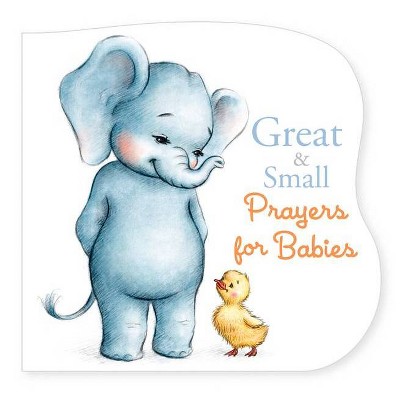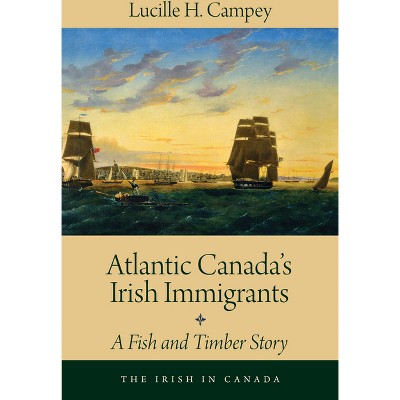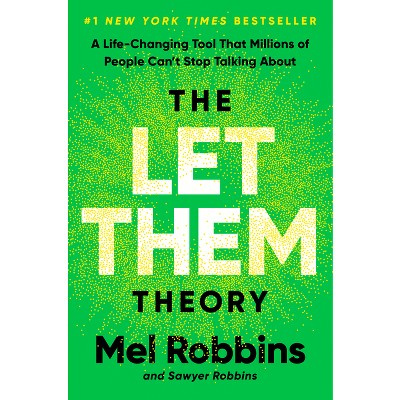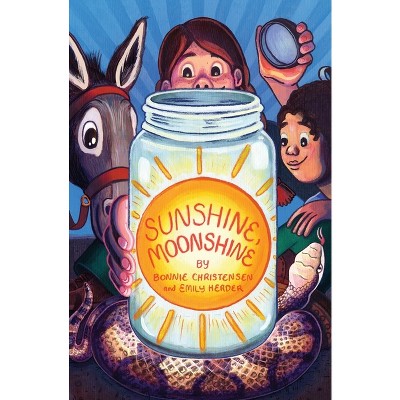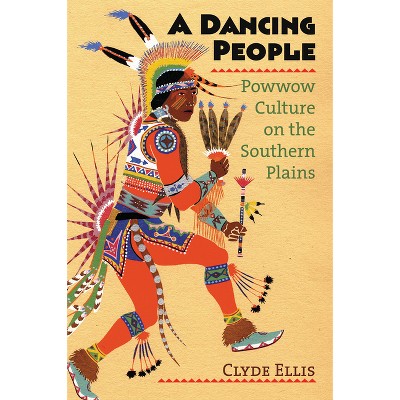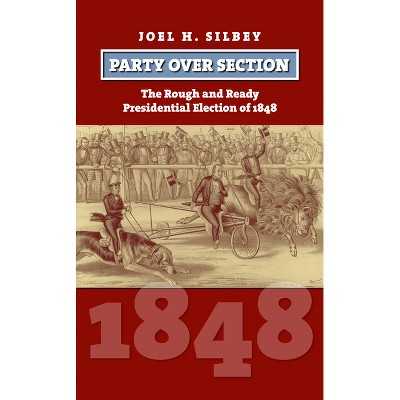Sponsored

Red Lodge and the Mythic West - by Bonnie Christensen (Hardcover)
In Stock
Sponsored
About this item
Highlights
- Midway between Billings, Montana, and Yellowstone National Park, tourists encounter the quaint little town of Red Lodge.
- Author(s): Bonnie Christensen
- 336 Pages
- History, United States
Description
Book Synopsis
Midway between Billings, Montana, and Yellowstone National Park, tourists encounter the quaint little town of Red Lodge. Here one may see cowboys, Indians, and mountain men roaming a downtown that's on the National Register of Historic Places, attend a rodeo on the 4th of July, or join in a celebration of immigrants during the annual "Festival of Nations." One would hardly guess that until recently Red Lodge was really a down-and-out coal-mining town or that it was populated mainly by white Americans.
In many ways, Red Lodge is typical of western towns that have created new interpretations of their pasts in order to attract tourists through a mix of public pageants and old-timey facades. In Red Lodge and the Mythic West, Montana-born Bonnie Christensen tells how Red Lodge reinvented itself and shows that the "history" a community chooses to celebrate may be only loosely based on what actually happened in the town's past.
Tracing the story of Red Lodge from the 1880s to the present, Christensen tells how a mining town managed to endure the vagaries of the West's unpredictable extractive-industries economy. She connects Red Lodge to a myriad of larger events and historical forces to show how national and regional influences have contributed to the development of local identities, exploring how and why westerners first rejected and then embraced "western" images, and how ethnicity, wilderness, and historic preservation became part of the identity that defined one town.
Christensen takes us behind the main street facades of Red Lodge to tell a story of salesmanship, adaptation, and survival. Combining oral histories, newspapers, government records, and even minutes of organization meetings, she shows not only how people have used different interpretations of the past to create a sense of themselves in the present, but also how public memory is created and re-created.
Christensen's shrewd analysis transcends one place to illuminate broader trends in the region and offer a clearer understanding of the motivations behind the creation of "theme towns" throughout America. By explaining how and why we choose various versions of the past to fit who we want to be--and who we want others to think we are--she helps us learn more about the role of myths and myth-making in American communities, and in the process learn a little more about ourselves.
Review Quotes
This is a thorough, imaginative, and focused community study of a western town undergoing multiple transformations and multiple identity shifts."--Pacific Northwest Quarterly
"A fine examination of the interplay between the labor and economic history of a small western town and the mythic western identity of that place. . . . This book is significant because it sheds light on the problems westerners--and Americans in general--have with conceptualizing the West and appreciating the region's labor history."--Labor History
"This is a nuanced look at the dynamic relationship between myth and local history, and Christensen has a book that speaks to social, cultural, western, local, and public historians, not to mention western residents and tourists."--Western Historical Quarterly
"A fine case study of a small town's search for a public identity. Christensen has researched her book thoroughly and writes engagingly. She is sensitive to the residents' differing perceptions of themselves and their town, and how those notions meshed with the existential realities of life in the Rocky Mountain West. She carefully blends her story with the larger, national culture and shifting popular views of the West in this thoughtful, well-written story."--H-Net Reviews
"Makes a substantial contribution to the growing literature on western tourism. . . . Red Lodge, a town of 1,875 in south central Montana, now joins the distinguished company of Las Vegas and Santa Fe in the picture gallery of western tourist centers that have had their portraits taken."--American Historical Review
"Christensen moves beyond traditional local history to explore issues of public memory, heritage, tourism, and western identity. She provides a broad historical context that links the history of Red Lodge to larger issues related to the transformation of western economies, the relationship between mythic West and real West, the representation of ethnic identity, and the cultural construction of nature."--Journal of American History
"The best recent book one can think of that explains the history of the West in easily understandable microcosm."--Washington Times
"Thoroughly researched and richly textured, Christensen's vibrant consideration of town building underscores the importance of community in the American West."--Anne M. Butler, editor of Western Historical Quarterly
"A splendid book that offers a fresh and imaginative look at the constantly shifting definitions of 'Western' and of one Montana town's often muddled efforts to keep up with the latest in Western fashions. Rich in detail, insightful, and important."--David M. Emmons, author of The Butte Irish: Class and Ethnicity in an American Mining Town, 1875-1925
Shipping details
Return details
Trending Non-Fiction


